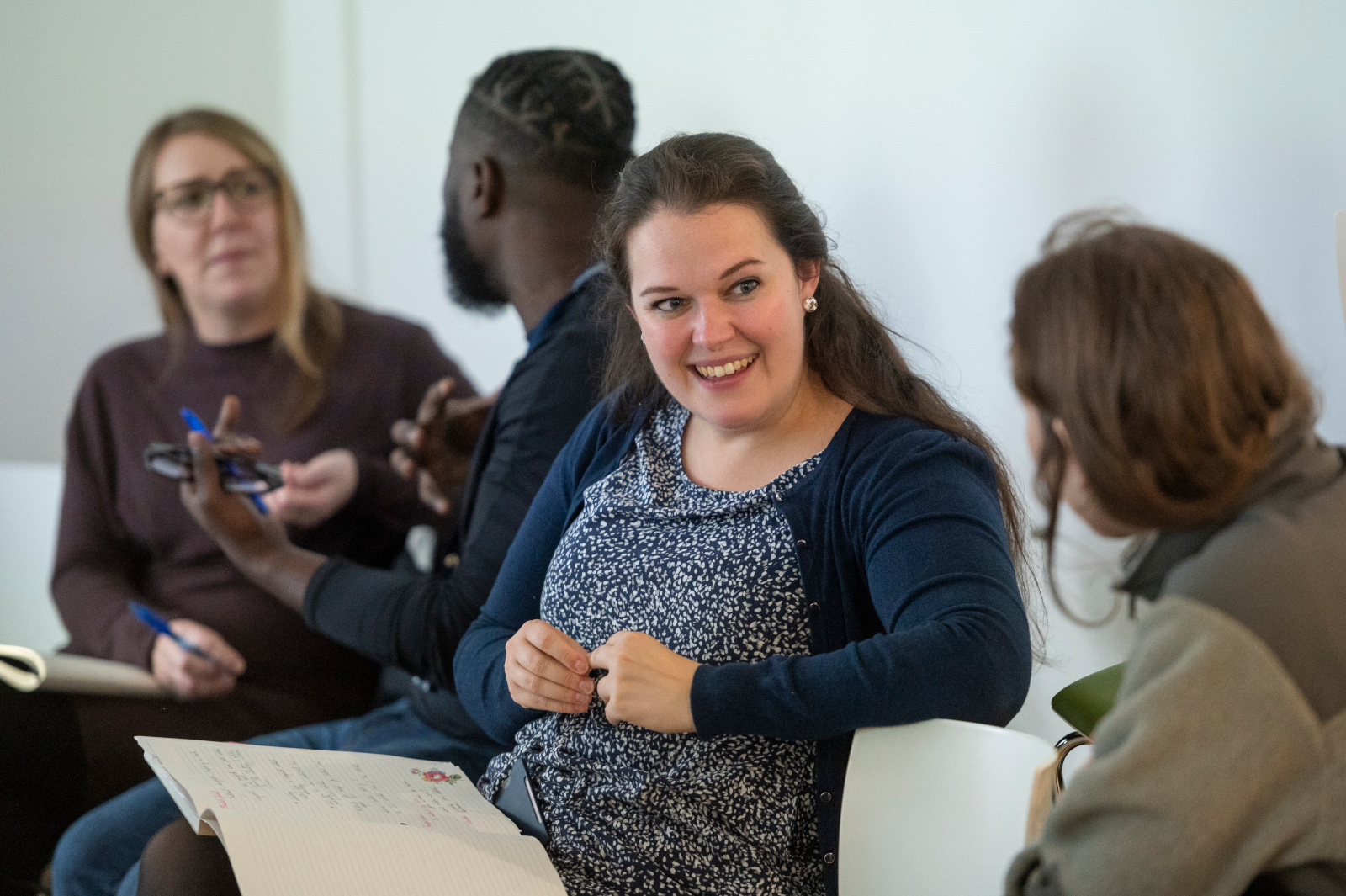The strengths and limitations of using design thinking tools for participatory research and action: examples from public service design in India, Madagascar, and the US
Export to calendarBio
In this session, I’ll be walking through design thinking at a high level, the design process, what it’s used for, and specifically how designers seek to understand complex human problems and design solutions. I’ll be using the ladder of participation (Hart, 1992), to identify at what level we engage users at each stage in the design process.
I’ll then be focusing on the first phase of the design process, design research, where I’ll be breaking down the three main empathy tools we use to understand problems from various user perspectives, and give various examples of each from my career. I’ll then hone in on the second phase of the work, analyzing the data gathered during the research phase, and synthesizing our understanding of the problem in human terms. I’ll be introducing a couple of synthesis tools we use to come to this understanding, and give examples from my work of when a participatory approach to this phase has worked, and when it hasn’t.
Beyond stages in the design process itself, one of the most important ways we can engage users in design is by training them to become the designers. I’ll be walking through some examples from my work in India to illustrate this approach, and open the floor to discussion on how we can move from consultation and informing to co-creation and participation.





